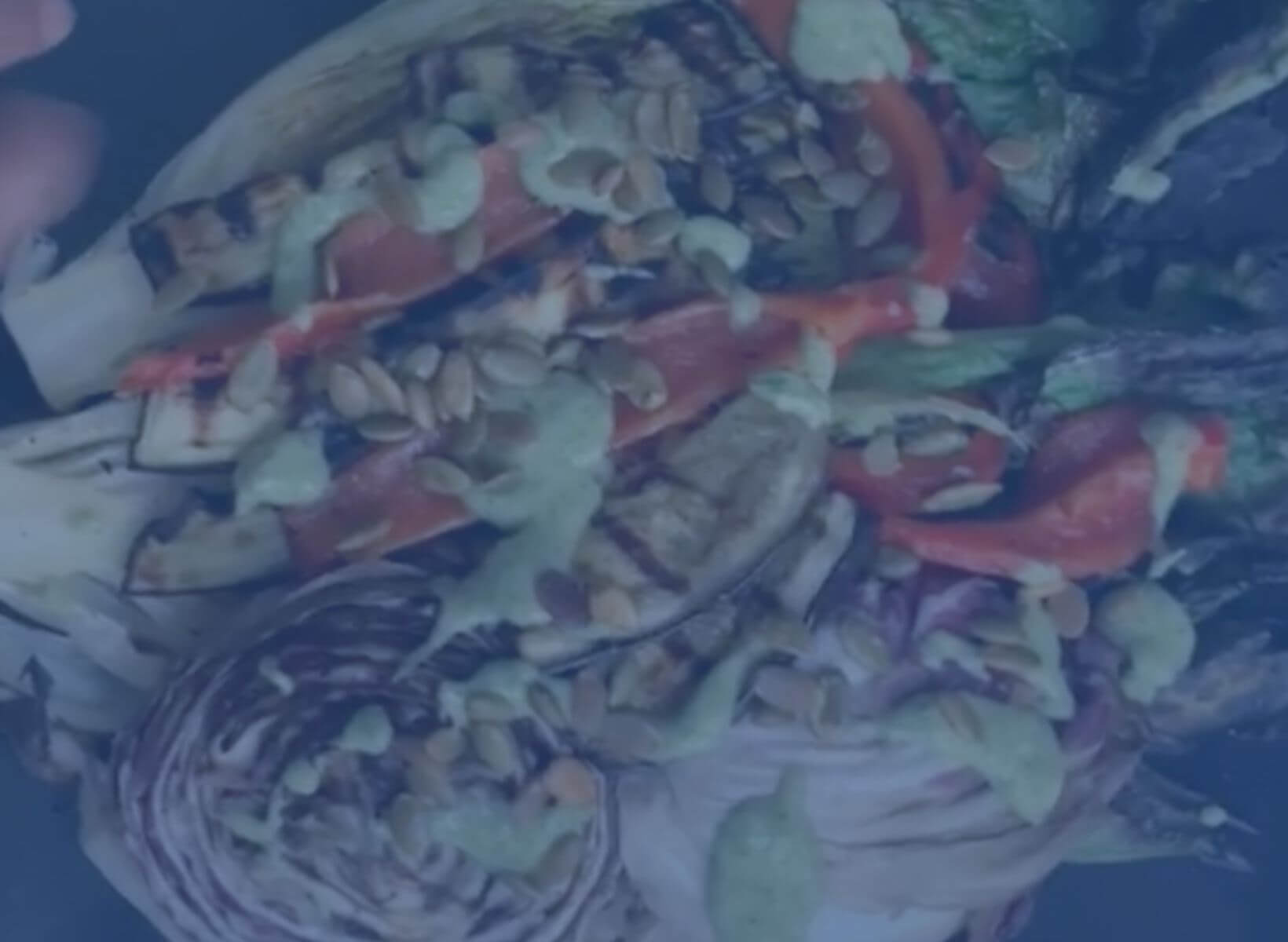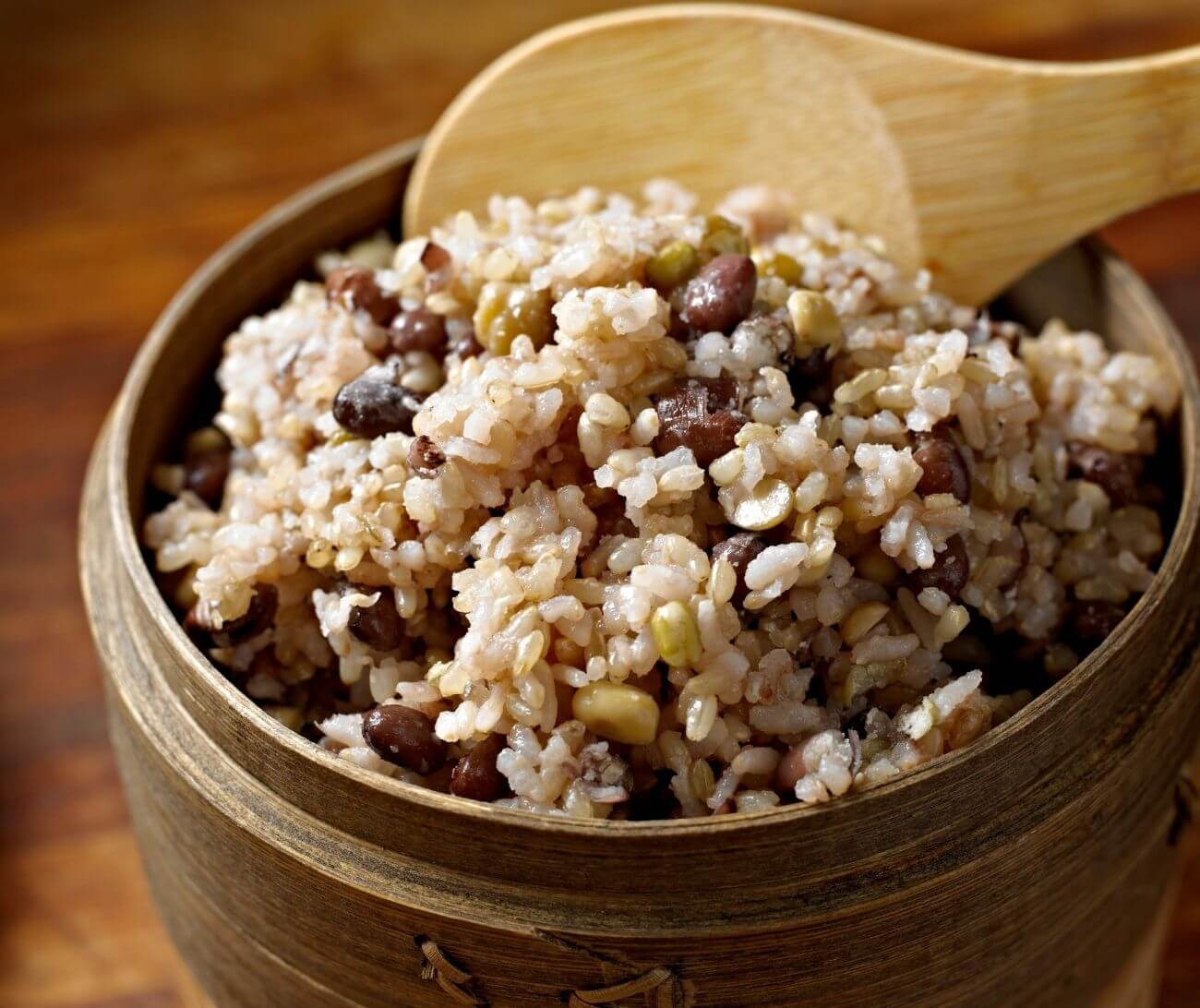Diverticulitis is the inflammation of a pocket or pouch (diverticula) in the large intestine in individuals with diverticulosis. During a flare-up, there are certain foods you can aim to eat and avoid. A nutritious, diverticulitis diet is more challenging but still possible even while navigating these digestive system issues.
Once the inflammation (or flare-up) resolves, a healthy, balanced diet can help your body heal. Nourishing foods and beverages can help prevent diverticulitis symptoms.
Plenty of misinformation exists about diets and foods for diverticulitis and diverticulosis.
The following article will explain the difference between diverticulitis and diverticulosis, whether foods trigger diverticulosis, and which foods to avoid with diverticulitis. Different diets are used during diverticulitis while the body heals.
{{mid-cta}}
Diverticulitis vs. Diverticulosis
Diverticulitis and diverticulosis are related health conditions and are often confused.
Diverticulosis describes small pouches or pockets (called diverticula) that protrude out of the wall of the intestinal tract, sometimes described as potholes.1 These pockets can be present anywhere in the intestinal tract but are usually on the left side of the large intestine, near the end, also called the descending and sigmoid colon.
Diverticulosis is more common in older adults, with about one-third of people developing this condition by age 60 and two-thirds by age 85.1, 2 Experts believe that high pressure in the large intestine (possibly caused by straining during a bowel movement) causes these pockets (diverticula) to form at weaker spots. Genetic predisposition and a lack of fiber in one's diet can also play a role.1
Diverticulitis is a complication of divertulosis. These pockets or diverticula become inflamed, causing abdominal pain, fever, diarrhea or constipation, low appetite, nausea, and weakness.1
The American College of Gastroenterology states that diverticulitis occurs in less than 5 out of 100 people with diverticulosis.
Diverticulitis can lead to infections, narrowing of the large intestine near the inflamed diverticula, or even a large intestine perforation (hole in the wall of the intestine).
Diverticulitis is often treated with antibiotics and a liquid or low-fiber diet until the inflammation resolves. In severe cases, a hospital stay or surgery may be needed to remove the inflamed diverticula.1
What Foods Trigger Diverticulitis?
While no specific foods are known to “trigger” diverticulitis, certain diet risk factors are associated with an increased risk of developing diverticulitis.
The Western diet, including high consumption of red meat, fat, sugar, high-fat dairy, and low-fiber refined grains, is associated with an increased risk.3 A healthy diet containing fruits, vegetables, and whole grains helps reduce the risk of diverticulitis.3
Foods to Avoid With Diverticulitis

A review article in 2019 outlined the lifestyle and diet factors that increase or reduce your risk of developing diverticulitis.3 Read the list below and explanation of the risk of each type of food.
Foods to Avoid to Prevent Diverticulitis:
1. Red or Processed Meat: Higher red meat intake (more than four servings per week) was associated with an increased risk of diverticulitis.
A possible mechanism is that high red and processed meat intake may promote chronic low-grade inflammation, red meat contains specific compounds that affect the colon, and excess red meat is associated with obesity, another risk factor for diverticulitis.3
2. Fatty and Sugary Foods: The typical Western diet is high in fat and sugar. These foods are typically lower in nutrients (vitamins, minerals, and fiber), leading to high-calorie, low-nutrient intake. This low-nutrient state, along with excess sugar and fat, leads to altered gut health and inflammation.3
Research shows that eating fewer than four servings of red meat weekly, getting 23 grams of fiber daily, two hours of vigorous physical activity, avoiding smoking, and maintaining a lower body mass index (BMI) can reduce the risk of diverticulitis by almost 75%.3 Even changing some diet and lifestyle factors could prevent about half of diverticulitis occurrences.
3. Dairy: As mentioned earlier, high-fat dairy products can cause higher fat intake overall, contributing to a Western diet's negative impact on the body. Some high-fat dairy products are also high in sugar (ice cream and creamers).
Opt for low-fat dairy products like yogurt, kefir, and lower-fat cheeses.
Foods to Avoid in a Diverticulitis Flare-up
The diverticula are inflamed, painful, and possibly infected during a flare-up. At this time, you may need to reduce fiber to lessen any further irritation, allowing for healing.
Fruits, whole grains, nuts and seeds, vegetables, beans, legumes, lentils, and popcorn are all part of a high-fiber diet. These foods are beneficial and should be consumed when you are not experiencing a flare-up.
Recent research shows that consuming nuts, seeds, and popcorn doesn’t increase the risk of diverticulitis. Previously, avoiding nuts, seeds, and popcorn was always recommended.3
If you still feel uneasy consuming these foods, focus on other high-fiber foods when your flare-up is resolved.
Avoid These High-Fiber Foods During a Flare-Up:
- Avoid raw, high-fiber fruits; opt for canned fruits like pears, peaches, applesauce, and bananas that are lower in fiber.
- Whole grains are higher in fiber. However, this fiber can irritate inflammation, so choose white rice, crackers, lower-fiber white bread, low-fiber cereals (like cornflakes and puffed rice cereal), and pasta.
- Avoid leafy, rough, high-fiber vegetables like raw leafy greens and raw vegetables like cauliflower and broccoli. Choose peeled and cooked vegetables like carrots, canned diced tomatoes, and beets when in a flare-up. Limit your portions and serving size.
- Nuts and seeds are also high in fiber and should be avoided during a flare-up.
- Some foods create more gas and bloating than others, irritating the intestines. These include fermented foods, onions, garlic, beans, lentils, and legumes.
<p class="pro-tip"><strong>Learn More: </strong><a href="ways-to-reduce-inflammation">How to Reduce Inflammation</a>.</p>
Types of Diets for Diverticulitis

Treatment for acute diverticulitis depends on the severity. Generally, a clear liquid diet is recommended for a couple of days in uncomplicated cases. Complicated cases may require surgery and complete bowel rest with no food.3
After following a clear liquid diet and if the pain resolves, slowly introduce a low-fiber diet followed by a gradual increase of fiber over several weeks to return to the recommended minimum of 23 grams daily.3
A clear liquid diet allows your intestines to rest and heal while providing hydration and electrolytes. This diet includes anything liquid at room temperature, which you can see through. Examples include juice, water, black coffee or tea, gelatin, popsicles, broth, and clear sports drinks.
A low-fiber diet often restricts fiber to 10 or 15 g daily, sometimes less. Your healthcare provider can specify your fiber limit and duration. A registered dietitian can help customize your diet and guide you towards a healthy, preventative diet.
After resolving pain and diverticulitis symptoms, aim to maintain a preventative lifestyle and diet for diverticulitis:3
- Limit red and processed meat to four servings or less weekly.
- Aim for at least 23 grams of fiber per day.
- Build up to 2 hours of vigorous physical activity.
- Avoid smoking.
- Trend toward a BMI closer to 18.5 to 24.9 (healthy weight range).
Take small steps towards improving your overall digestive health and preventing diverticulitis.
Learn More About How to Improve Blood Sugar Health With Signos’ Expert Advice
A Signos continuous glucose monitor (CGM) can help you track blood glucose levels discretely in real-time.
Tracking your glucose response can help you balance your meals and achieve healthy weight loss. You can see immediately how different diet and lifestyle changes impact your body.
This tool (CGM) can help you make effective changes, such as gradually increasing your fiber-rich foods (beans, vegetables, fruit, whole grains, nuts, and seeds) and pairing them with lean protein and healthy fats. These changes will help you feel your best and prevent diverticulitis flare-ups.
A Signos’ CGM can help you improve your health while trying to manage multiple medical conditions. A healthcare professional can help you choose the proper medication (if needed) to help manage your health conditions and weight.
Learn more about nutrition and healthy habits on Signos’ blog. Take a quick quiz to determine if Signos fits your needs.
<p class="pro-tip"><strong>Also Read: </strong><a href="benefits-of-kiwi">Benefits of Kiwi: Unveiling the Nutrition and Side Effects</a>.</p>
- Item 1
- Item 2
- item 3






.jpg)

























